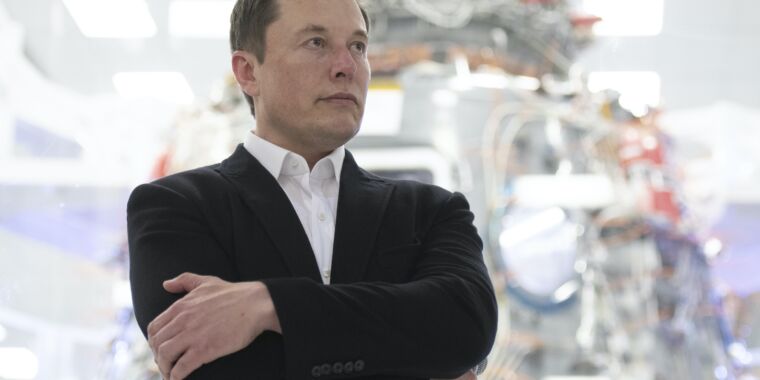Out of interest, how exactly do they move all these satellites to the new altitudes?
Also why didn't they put them at this altitude in the first place?
These are future plans. For now, they only have 400 satelites in ~500km orbit.
To expand:
SpaceX launched their first two prototype satellites a year and a half ago as a ride along with someone else's communications satellite. They intended to raise them from their deployment altitude of ~500km to ~1100km, but after doing some testing and number crunching, they decided that the lower altitude was actually beneficial. So, they shoveled paperwork at the FCC until they agreed to amend the original licensing, and the operational altitude for the initial Starlink constellation flights has been ~550km ever since.
Now, it looks like SpaceX has filed to change the operational altitude of the rest of the higher-altitude flights to the new, lower target. These satellites are meant to be launched into more-inclined orbits, in order to serve denizens of the higher/lower latitudes which the initial deployment can't serve. Alaskans, Canadians, Northern-Europeans, Siberians, and whatever you call people who think shivering in an Antarctic research station is a good time, rejoice!
To be clear: no Starlink satellites are
physically relocating, because no Starlink satellites have ever flown above an altitude of 600km. In fact, this paperwork authorizing these change has all been filed and accepted long before the satellites in question have been/will ever be launched.
That said, the satellites in question
would be capable of relocating to the new altitude, as that's what they were originally designed to do. (Unless the design was modified to reduce their propellant mass since the operational altitude was changed.
*shrug*) They currently actually deploy to an elliptical injection orbit of ~210km x ~380km, which SpaceX then raises to ~550km using tiny, highly-efficient ion thrusters on each satellite.
There are a couple reasons that they don't just inject them directly into the operational orbit. The first is that they can cram a whole lot more satellites into a single flight to a lower orbit, and then use the more-efficient thrusters on the individual satellites to gradually move them to their target orbit.
Second, they can take advantage of weird gravitational effects at different altitudes to move, or "precess" satellites into different orbital planes, so they can split one launch into multiple orbits. I believe the technical term is
"bullshit".
Third, they can do the initial checkouts of the satellites in their lower deployment altitude. That way, any satellites with unrecoverable problems will reenter the atmosphere on their own within a month or two and burn up. So will the small amount of deployment debris -- as will the second stage, which they can now burn to depletion, rather than having to reserve fuel for deorbiting.
A further advantage of the inherent quick deorbit is that you can design the satellite to lower reliability standards, which will easily knock orders of magnitude off the cost. It's what allows the massive paradigm shift from "let's make a handful of billion-dollar geosynchronous satellites" to "let's make thousands of $250k LEO satellites".





